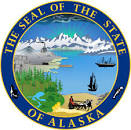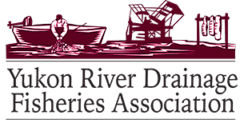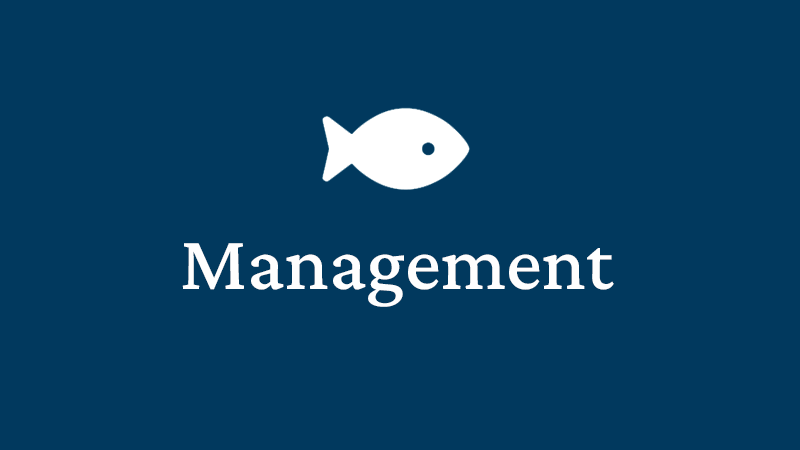
The State of Alaska
Alaska Department of Fish and Game
Office of the Commissioner
January 31,2023
DRAFT Spend Plan for funds appropriated to address the 2020 Norton Sound, Yukon River, Kuskokwim River, Chignik, Southeast Alaska; and 2021 Yukon River salmon disaster determination. NOAA Fisheries has allocated $55,928,849 for these salmon fishery disasters. The spend plan informs the federal grant application submitted by Pacific States Marine Fisheries Commission (PSMFC) to NOAA Fisheries and is subject to change based on approval of the final grant.
Written comments are requested on all elements of the proposed spend plan and should be as specific as possible. Comments will be posted as received online and therefore, ADF&G requests that no business proprietary information, copyrighted information, or personally identifiable information be included in written comments.
Comments can be submitted by email to:
dfg.com.fisheriesdisasters@alaska.gov or by mail to:
ADF&G, Attn: Karla Bush
PO Box 115526
Juneau, AK 99811-5526
Comments must be sent by February 15, 2023, for consideration in the final spend plan.
Process to develop the spend plan: ADF&G posted an initial draft spend plan for public comment in September 2022 and received 27 written comments on the initial plan (Appendix 2). ADF&G revised the plan based on public comments and is requesting public comments on this second draft spend plan before the plan is finalized and submitted to PSMFC.
In response to comments received on the initial draft plan, ADF&G is recommending the following revisions:
Research
• The research theme for a Management Strategy Evaluation (MSE) analysis was not supported for the Southeast salmon fisheries because those fisheries are managed according to provisions in the Pacific Salmon Treaty. The revised draft plan limits the MSE research theme to the Norton Sound, Yukon River, Kuskokwim River, Chignik, and Yukon River management regions included in this fishery disaster.
• To expedite the administrative process for awarding research funds and maximize the time available to conduct research under the federal grant, ADF&G is proposing to identify and direct a portion of the research funds to specific projects directly in the spend plan and to allocate remaining research funds through a competitive process. Descriptions and preliminary cost estimates for research projects proposed by ADF&G that may be included directly in the spend plan are described in the attached Appendix 1.
Subsistence
• The Yukon River and Kuskokwim River subsistence allocations have been separated into two categories, one for the 2020 and 2021 Yukon River and one for the 2020 Kuskokwim River as suggested in public comment to reflect differences in fishery disaster impacts between the two areas. Restrictions on subsistence fishing activities in the Yukon River area and estimated losses on the Yukon River were much greater than those estimated for the Kuskokwim River. The estimated losses on the Yukon River were approximately six times greater than those on the Kuskokwim River in 2020 and the 2021 losses on the Yukon River were approximately three times greater than the 2020 Yukon River losses.
• A provision that provided for an additional subsistence share for households with an annual income at or below the poverty level was removed as requested in public comment.
Communities
• Community eligibility criteria were modified to specify that port of landing information from salmon fish tickets would be used instead of Commercial Operator’s Annual Report (COAR) buying data to identify which communities are eligible to apply for community designated funds.
• The third eligibility criterion for communities was simplified to remove the $10,000 or greater threshold because further evaluation of available data indicated that all communities where salmon landings occurred that had a loss of fishery value in the disaster year had losses greater than $10,000.
Commercial fisheries
• References to exvessel value were replaced throughout the spend plan and clarified as the CFEC gross revenue estimates. Gross revenue estimates are calculated post-season and informed by the Commercial Fishery Operator Report (COAR) data.
• In all areas, funds are proposed to be paid to the person listed as the permit holder or the temporary emergency transfer permit holders (transferees) in the CFEC database. Permit holders who certified they were unable to participate in the fishery to qualify for an emergency transfer or permit holders who permanently transferred a permit away will not receive payments. This approach is proposed for consistency with recent Alaska fishery assistance programs.
• Based on public comment, clarified that all salmon species are included in the Chignik area fishery disaster and modified eligibility requirements to include all species of salmon. Included minimum payments for those who held valid permits in 2020 but did not make any landings in 2019 as per public comments.
• Based on public comments, the proposed allocations between the SE commercial fishery sectors are based on comparing the 2020 disaster year to the 2015-2019 average for chum, coho, and sockeye salmon and to the 2010-2018 even-year average for pink salmon.
• To simplify the information used for determining eligibility, the criteria for the SE commercial fisheries are proposed to be based on the salmon species included in the disaster that are the primary targets of each gear sector. Eligibility for the seine sector is proposed to be based on the value of pink and chum salmon; for the gillnet sector on the value of chum, sockeye and coho salmon; and for the troll sector on the value of chum and coho salmon landings.
• Allocations for SE vessel crew are proposed to be sector-specific rather than one pool of funds for all SE crew based on public comment.
• SE seine permit holder distribution is proposed to be equal shares for all eligible permit holders based on public comment.
• Based on public comment, processors will be evaluated in each region at the company level based on their federal operation identification number rather than at the facility level. Payments to processors who qualify for funds in more than one region will be consolidated at the company level. These changes are expected to streamline the administrative and reporting processes.
Program Support
• ADF&G has determined a need for increased staff assistance to address the volume of work associated with this fishery disaster and is proposing to increase the funds for program support for staff working on fishery disaster plan development and implementation in coordination with Pacific States Marine Fisheries Commission from 0.1% to 0.2%.
Please go to the link to view the entire Draft Spend Plan:
https://www.adfg.alaska.gov/static/fishing/pdfs/2020-21_salmon_disaster_second_draft_spend_plan.pdf

